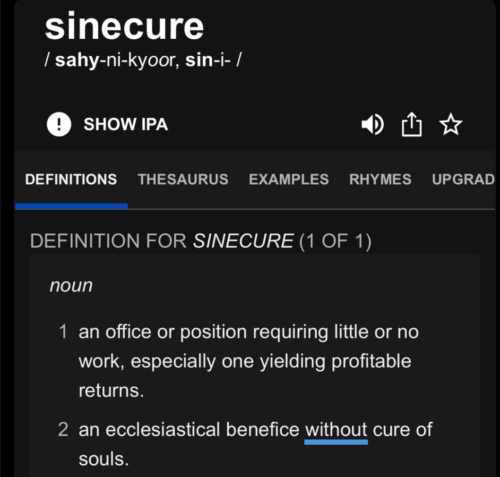Attacks on Churchill…from the Right. This sort of thing feeds the same “aren’t we just awful” mindset that we see so much of from the Left.
Student expectations for careers versus actual outcomes.
Trump, Peggy Noonan, and the Old Guard.
How the Past envisaged our Present.
Martin Gurri on the importance of free speech: The Great American Debate Begins Again. Indeed, a lot of people seem to reject the whole idea of debate and of adversary proceedings in courts: they want an Authority to tell them what is true.
Related: Obama’s messaging machine.
Do graphic design and aesthetics affect the credibility of political communications?
Propellers versus paddle wheels: a case study in the introduction of a disruptive technology.
Jet engine turbine blades and single-crystal casting. Interesting that this sort of thing is rarely referred to as ‘tech’ by the media.
What are the health effects of replacing incandescent bulbs with LEDs?
